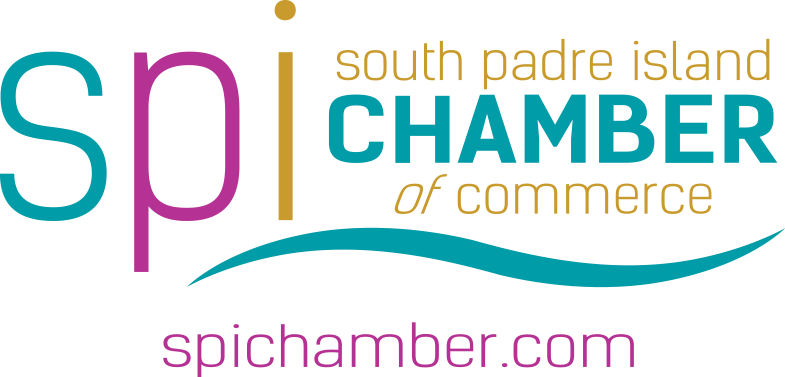Growing Pains: How Small Business Owners Can Master Sudden Expansion
When growth comes fast, it can feel like a dream and a dilemma at once. New customers, bigger orders, new hires — and suddenly, the systems that once worked are showing strain. Platforms have made it easier for entrepreneurs to start and scale, but the real challenge is learning to manage acceleration without losing control.
TL;DR
Rapid growth brings both opportunity and risk. To stay steady, focus on five pillars:
-
Strengthen operational systems early.
-
Protect cash flow and forecast ahead.
-
Use integrated business platforms to streamline admin work.
-
Build scalable team structures.
-
Track performance with clear dashboards and KPIs.
1. The Growth Shock: Recognizing the Early Signs
Most small businesses experience a “pressure wave” before visible chaos — delayed invoices, overworked employees, late shipments, or customer churn. Recognizing these early signs allows founders to act before profitability erodes.
2. Streamlining With an All-in-One Business Platform
Using an integrated platform like ZenBusiness helps entrepreneurs run, market, and grow their ventures from a single hub. Whether building a professional website, adding an e-commerce cart, or designing a logo, these platforms offer comprehensive tools and expert support to ensure business success.
Benefit: unified workflows reduce administrative overhead and provide real-time insight into finances, compliance, and brand consistency.
3. Operational Systems Checklist
Before scaling further, ensure your foundational systems can carry the weight. Use this mini-checklist to audit readiness:
|
Function |
Core System to Review |
Risk if Ignored |
Recommended Action |
|
Accounting |
Invoicing, payroll, cash-flow tracking |
Liquidity strain |
Automate recurring billing |
|
HR & Hiring |
Onboarding, contracts, performance |
Talent loss |
Use digital HR tools like Gusto |
|
Inventory |
Procurement, stock alerts |
Stockouts, waste |
Implement a real-time POS |
|
Customer Support |
Ticketing, CRM |
Reputation damage |
Adopt shared inbox software |
|
Legal & Compliance |
Licenses, taxes |
Penalties |
Partner with legal service providers |
4. How-To: Build a Scalable Growth Framework
-
Audit your systems. Identify any manual or redundant processes.
-
Automate communication. Use tools such as Slack or ClickUp for workflow management.
-
Forecast resources. Model headcount, logistics, and inventory needs using a 6-month rolling forecast.
-
Outsource wisely. Keep the core in-house; delegate accounting or IT to specialists.
-
Train for autonomy. Empower managers to make day-to-day decisions — this frees leadership to focus on strategic goals.
5. Cash Flow Discipline: The Lifeline of Sustainable Growth
Rapid growth can disguise cash shortages. Businesses often invoice faster than they collect.
Tip: Implement forecasting tools such as Float, QuickBooks Cash Flow Planner, or Xero Analytics to model best- and worst-case scenarios.
Also, negotiate better payment terms with suppliers while tightening customer payment cycles.
6. Building Teams That Scale
As staff numbers rise, founders must shift from “doer” to “delegator.”
-
Define clear roles and outcomes. Use job scorecards instead of vague titles.
-
Communicate vision repeatedly. Growth introduces noise; repetition ensures alignment.
-
Adopt culture-by-design. Use tools like Notion or BambooHR to codify values, rituals, and onboarding materials.
7. Tech Stack Essentials for Growth Readiness
-
Finance & Bookkeeping: QuickBooks, Xero
-
E-Commerce: Shopify or BigCommerce
-
Team Collaboration: Google Workspace or Microsoft 365
Each of these ensures continuity and data coherence — key to surviving “speed growth” scenarios.
8. Decision Dashboard: What to Measure Weekly
|
Metric |
Target |
Why It Matters |
|
Operating Cash Flow |
Positive trend |
Ensures liquidity during scaling |
|
Customer Retention |
≥85% |
Predictable recurring revenue |
|
Employee Utilization |
70–80% |
Prevents burnout or waste |
|
Lead Conversion Rate |
≥20% |
Validates marketing ROI |
|
Average Fulfillment Time |
≤48 hrs |
Indicates system efficiency |
These metrics form your “visibility cockpit.” If one dips, intervene early.
9. FAQ
What’s the most common mistake during fast growth?
Failing to adjust processes. What worked at five employees won’t scale to fifty.
How do I balance quality with speed?
Document SOPs and use automated checklists. Consistency beats improvisation.
Should I hire or outsource first?
Outsource repeatable tasks first. Hire internally for roles that define your brand or customer experience.
When should I raise external capital?
Only when cash flow forecasts show sustainable margins but insufficient liquidity for further growth.
How can I keep my culture intact?
Protect communication rituals and core values. Scale your culture intentionally, not reactively.
10. Glossary
-
Scalable Infrastructure: Systems that handle 2–10× load with minor incremental cost.
-
Automation: The use of software to perform recurring tasks without manual input.
-
Cash Flow Forecast: A forward-looking estimate of incoming/outgoing funds.
-
SOP (Standard Operating Procedure): Documented step-by-step instructions for repeat tasks.
-
Visibility Dashboard: A centralized data view of performance metrics in real time.
Product Spotlight: Growth Companion Tool
Beyond all-in-one management platforms, Monday.com provides modular workflows that small businesses can adapt for marketing, operations, and HR. Its automation templates are ideal for teams expanding rapidly but lacking developer resources.
Conclusion
Rapid growth doesn’t have to derail momentum. By combining structured processes, integrated digital tools, and proactive leadership habits, small business owners can transform volatility into velocity. The goal isn’t just to grow fast — it’s to grow well, with visibility, confidence, and control.
Discover the vibrant energy of South Padre Island and elevate your business success by joining the South Padre Island Chamber of Commerce, where our members thrive!



